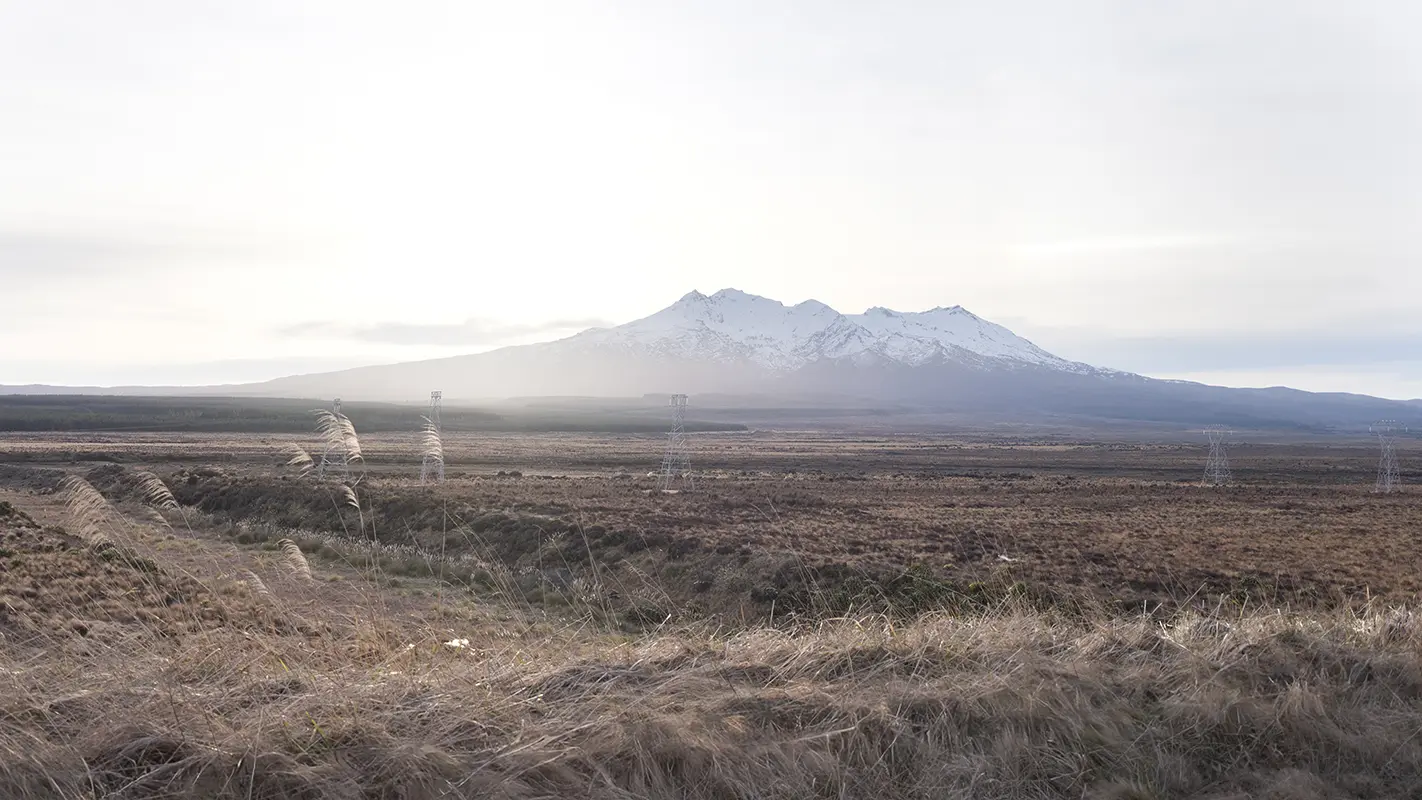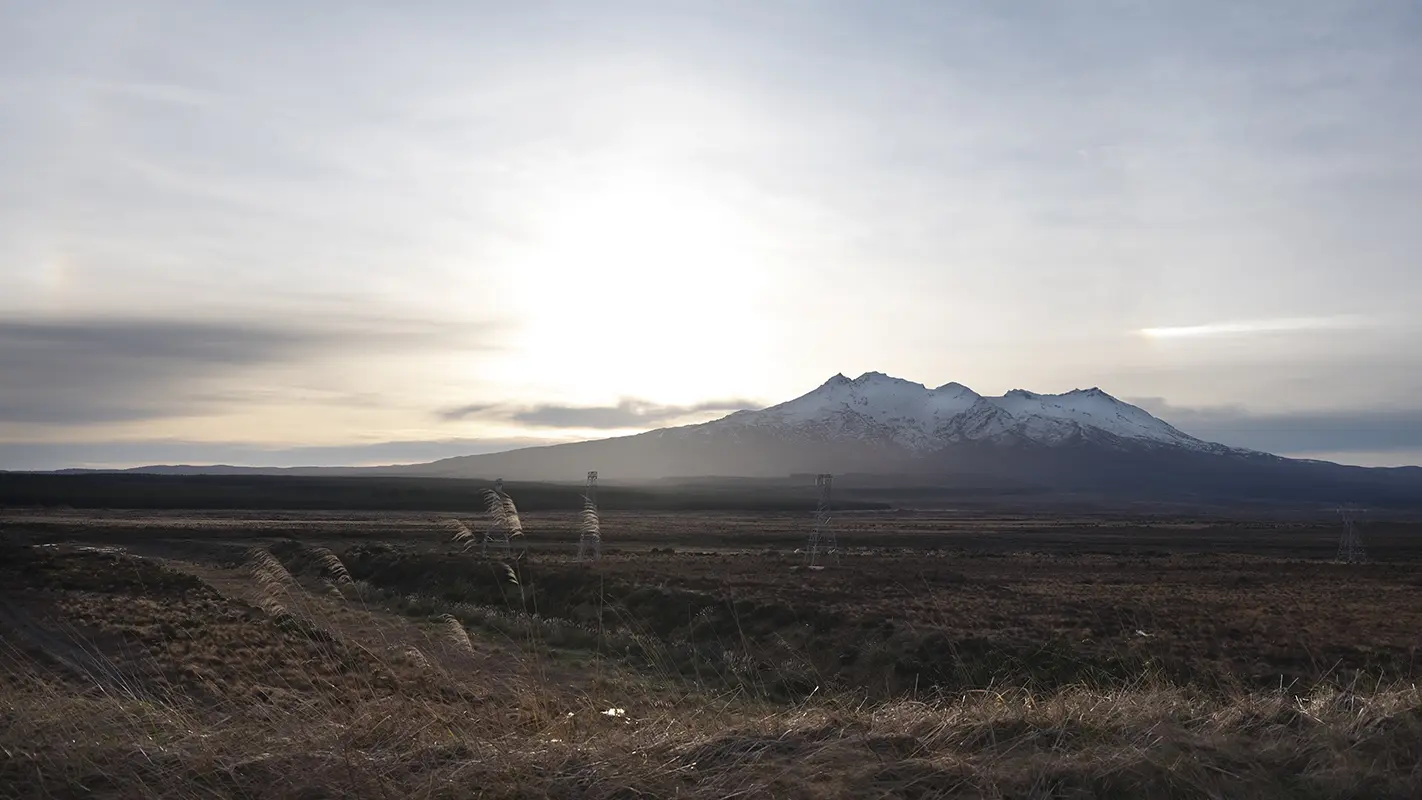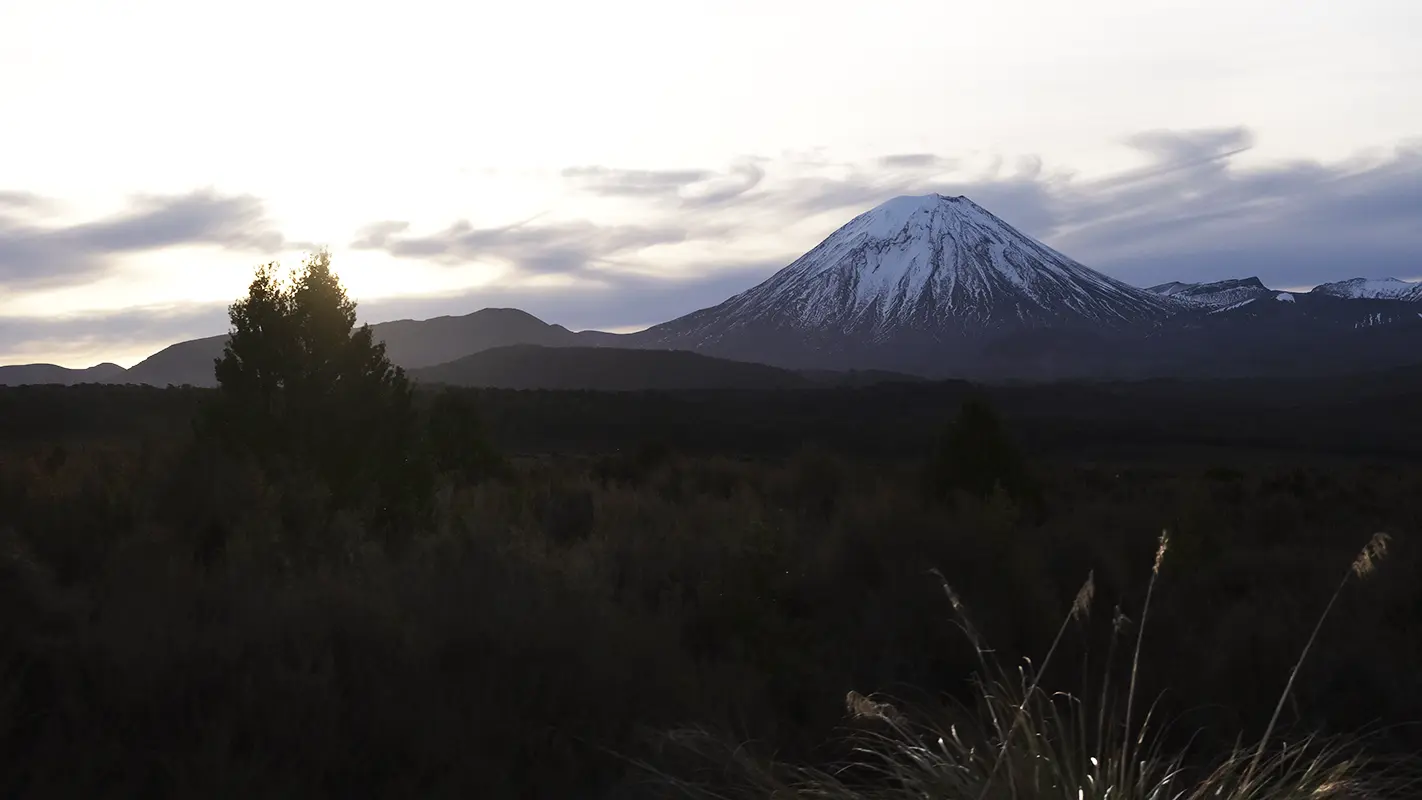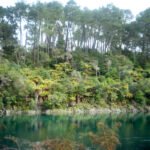Taupo, Aotearoa
I’ve long heard about the breathtaking scenery of New Zealand, but words and photos don’t quite prepare you for it.
These three photos were taken on the road to Taupo. We were heading north because the setting sun was off to our left (that much I know about cardinal directions). Although the sun was already hovering low over the volcanic plateau, it was still very bright and can’t make out it’s circular orb. The mountain in the first two photos: I’m pretty sure is Mt.Raupehua; and the third photo is Mt. Ngauruhoe.
All were shot on the Fujifilm GFX 50S II. Confronted with such majestic landscapes, times like this I feel the need for even larger 4 x 5 format cameras. But still, my trusty GFX 44 x 33 mm sensor delivers a delicate tonality that the Canons or Sonys simply can’t match. I can expose for the sky and the RAW files will retain plenty of shadow detail. Compared to my photojournalism days shooting Kodak Tri-X film, the generosity of this sensor blows my mind.
The lens is the GF 35-70 mm f/4.5-5.6. It is a “kit zoom” but Pro Tip: I almost exclusively shoot at the widest end. It becomes lightest and most affordable GF wide angle lens.
Photo 1 — Mt Ruapehu
Exposure: ISO 200 | 1/200 s | f/5.6

This photo is closest to what I remember the scene to be, just has an ethereal feel to it. It is almost film like in how the camera retains details in the highlights. The RAW files can easily recover three stops of highlight and four in the shadows.
Photo 2 — Mt Ruapehu
Exposure: ISO 200 | 1/640 s | f/5.6

Here I underexposed by about two stops to keep the sun from clipping and to preserve of more gradation in the upper sky, showing some of the cloud details. I really like how the “haze” looks and how the tall grass catches the light coming from behind Mount Ruapehu.
In post, I did some old fashioned dodge and burn while letting the mid-tones stay slightly compressed. The result preserves that moody, more dramatic feel.
Photo 3 — Swirling Clouds over Mt Ngauruhoe
Exposure: ISO 2000 | 1/2000 s | f/9

It’s only when Mt Ngauruhoe came into view did I realise that I was shooting at f/5.6 so I wanted to be somewhere in between f/8 and f/11. I also noticed the long grass (Kiwi Lalang?) in the foreground was simmering in golden sunlight and I wanted to freeze the motion in the breeze. So I cranked up the ISO to 2000 and shot at f/9. at 1/2000 s shutterspeed. The higher ISO wasn’t a problem at all, the GFX sensor’s signal-to-noise ratio is so clean that ISO 2000 still delivers 13+ stops of usable dynamic range. The smaller aperture also helped bring out the swirly clouds’ texture.
So, let see… if me still math good…
ISO 200 to ISO 2000 is + 3 1/3 stops brighter
f/5.6 to f/9 is -1 2/3 stops darker
1/640s to 1/2000s is -12/3 stops darker
So actually Photo 3 is only -1/3 stop darker than Photo 2.
Gear: Fujifilm GFX 50S II • GF 35–70 mm f/4.5–5.6 R WR
Location: Near Taupo, Aotearoa
Post: Capture One Pro + dodging and burning in Photoshop
Tags: #GFX50SII #MediumFormat #Landscape #NewZealand #ExposureMath
 Previous post
Waimangu
Previous post
Waimangu
